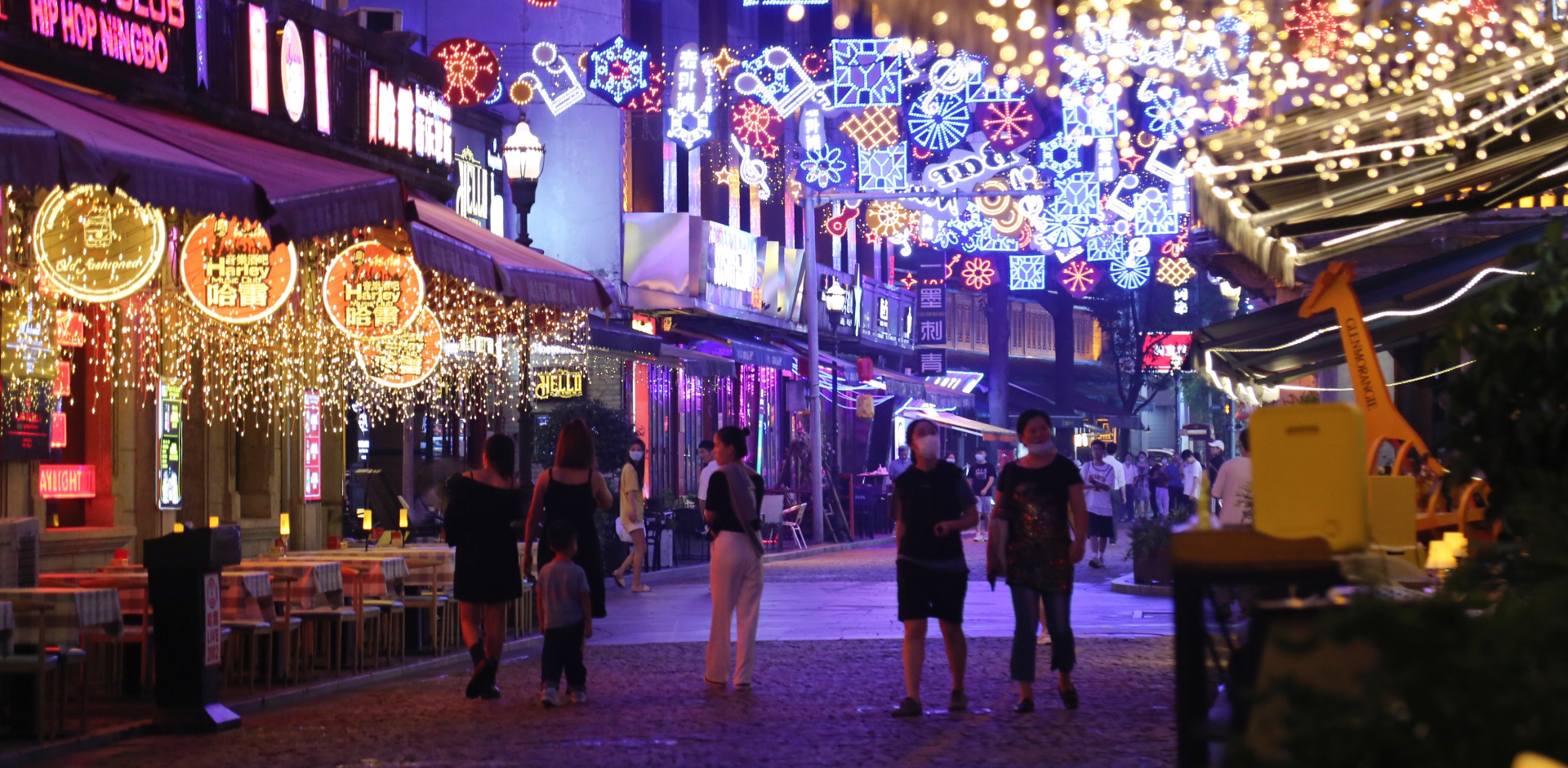
The Old Bund (Lao Wai Tan)
The Old Bund highlights Ningbo’s character and the city’s willingness to merge history with modern development. The oldest of its kind in China, the Bund is a showcase of British and Dutch architecture. It is now a confluence of pubs, restaurants, bars and trendy shops.
Must-visit bars, pubs and restaurants around the area include Le Cargo (French bar), Shamrock (Irish, for genuine Guinness), and the friendly LBB.
Xikou
The remains of Chiang Kai-shek's former residence in Xikou, Fenghua comprise the Chiang family house and the Yutai Salt Shop which used to be the Chiang family business. Miaogao Terrace is 500 metres west of Qianzhangyan Waterfall.
One of the great temples of Chan (Zen) Buddhism, Xuedou Temple, is also well worth a visit.
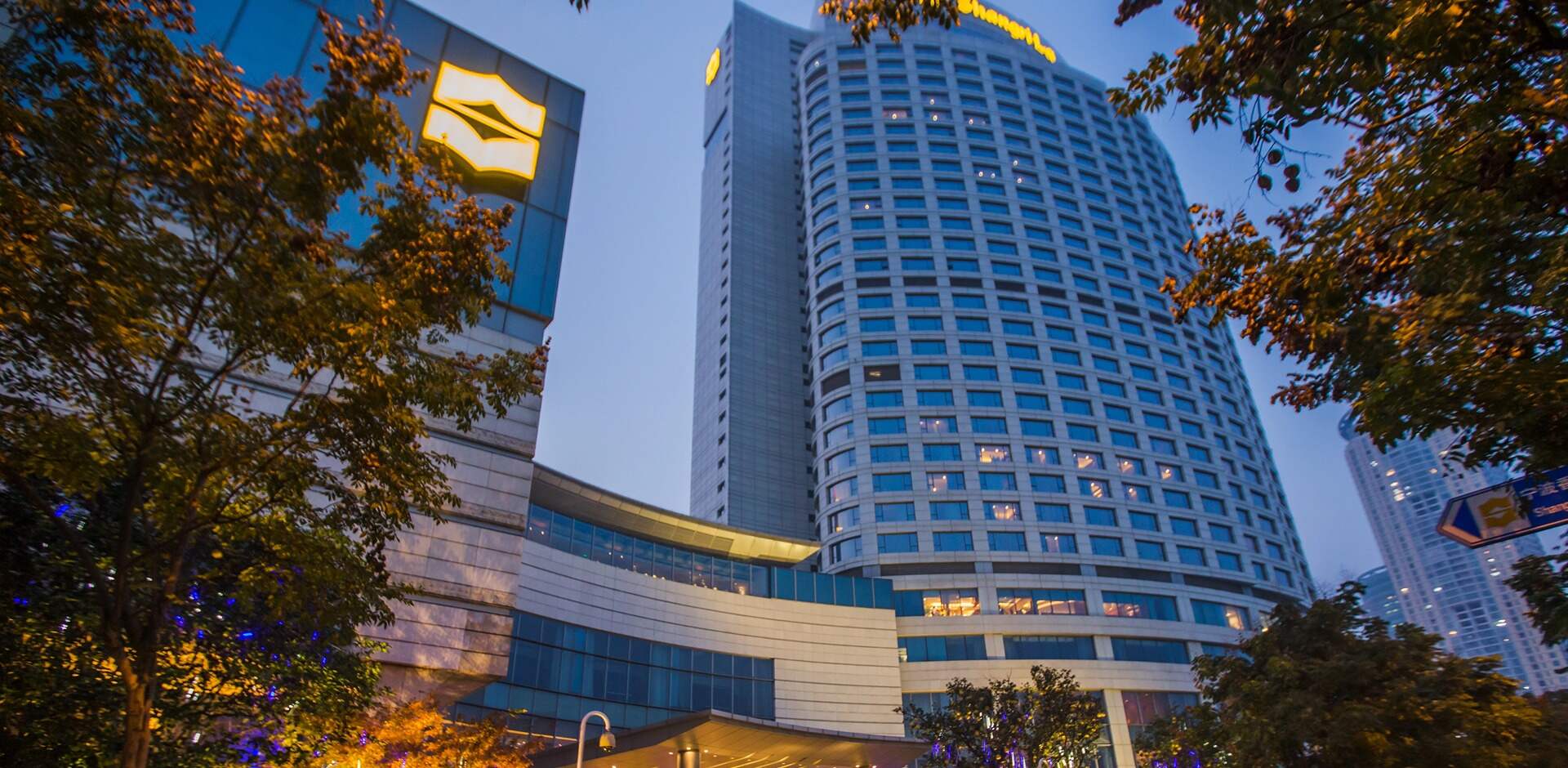
Ever since the Tang Dynasty, Ningbo has enjoyed a reputation as a key trading port. Less than two hours drive from Shanghai by Hangzhou Bay Bridge, the long sea bridge in the world, Ningbo is a major economic hub in the Yangtze River Delta area.
The name Ningbo means "calm waves" in Chinese. It has numerous historical attractions including Tianyi Pavilion, the old surviving library building in China.
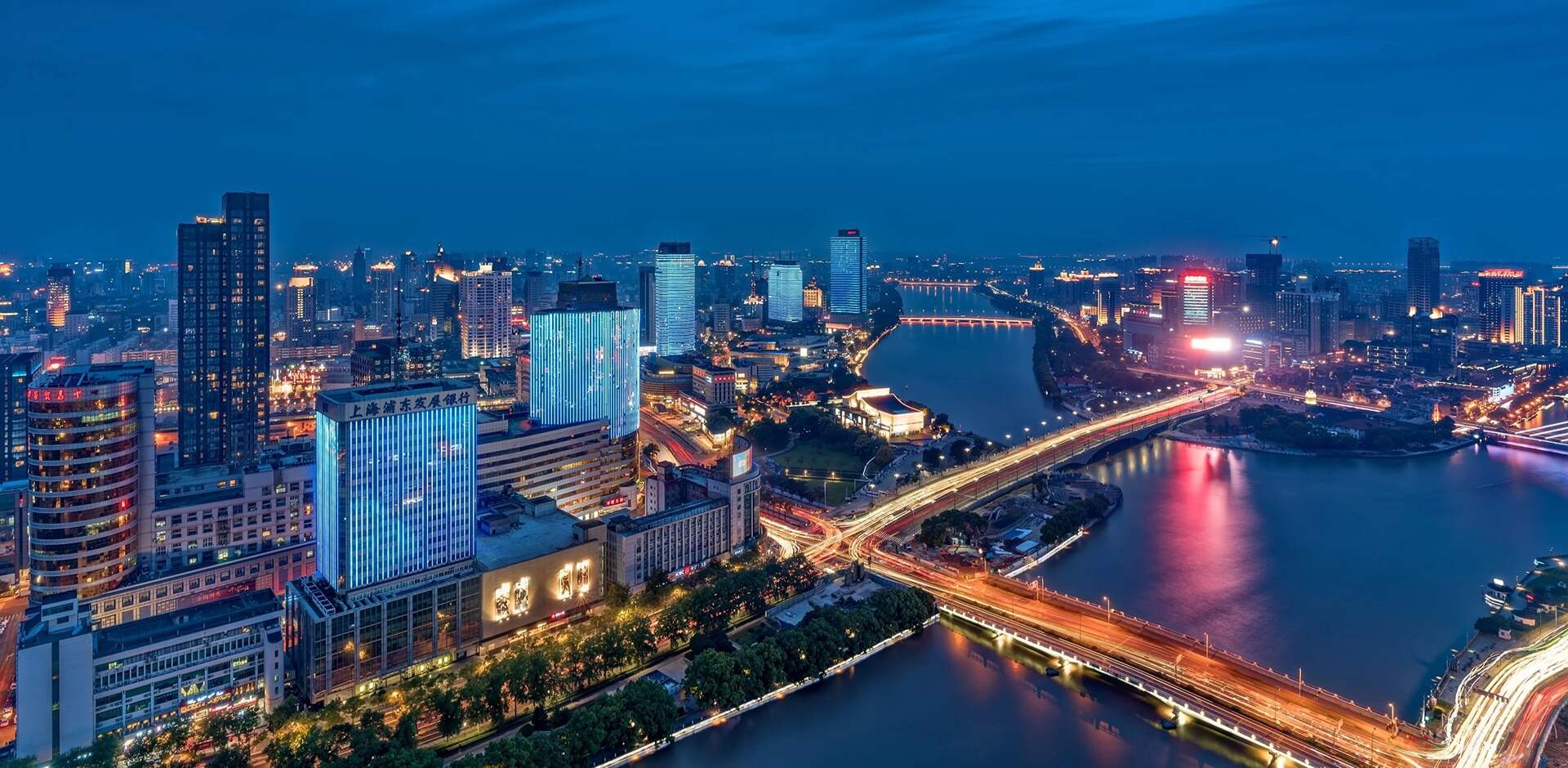
Three-River-Confluence (San Jiang Kou)
Ningbo lies at the confluence of three rivers: the Yong, Fenghua and Yuyao, where the city's original settlement was founded.
Lingqiao Bridge, Qinqiao Bridge, Jiangxiaqiao Bridge and Yongjiang Great Bridge cross the rivers. These bridges are especially popular for their magnificent river views.
Scenic evening boat tours start from Ningbo Grand Theatre and end in Huaishu Park, and take about one and half hours for the whole journey.
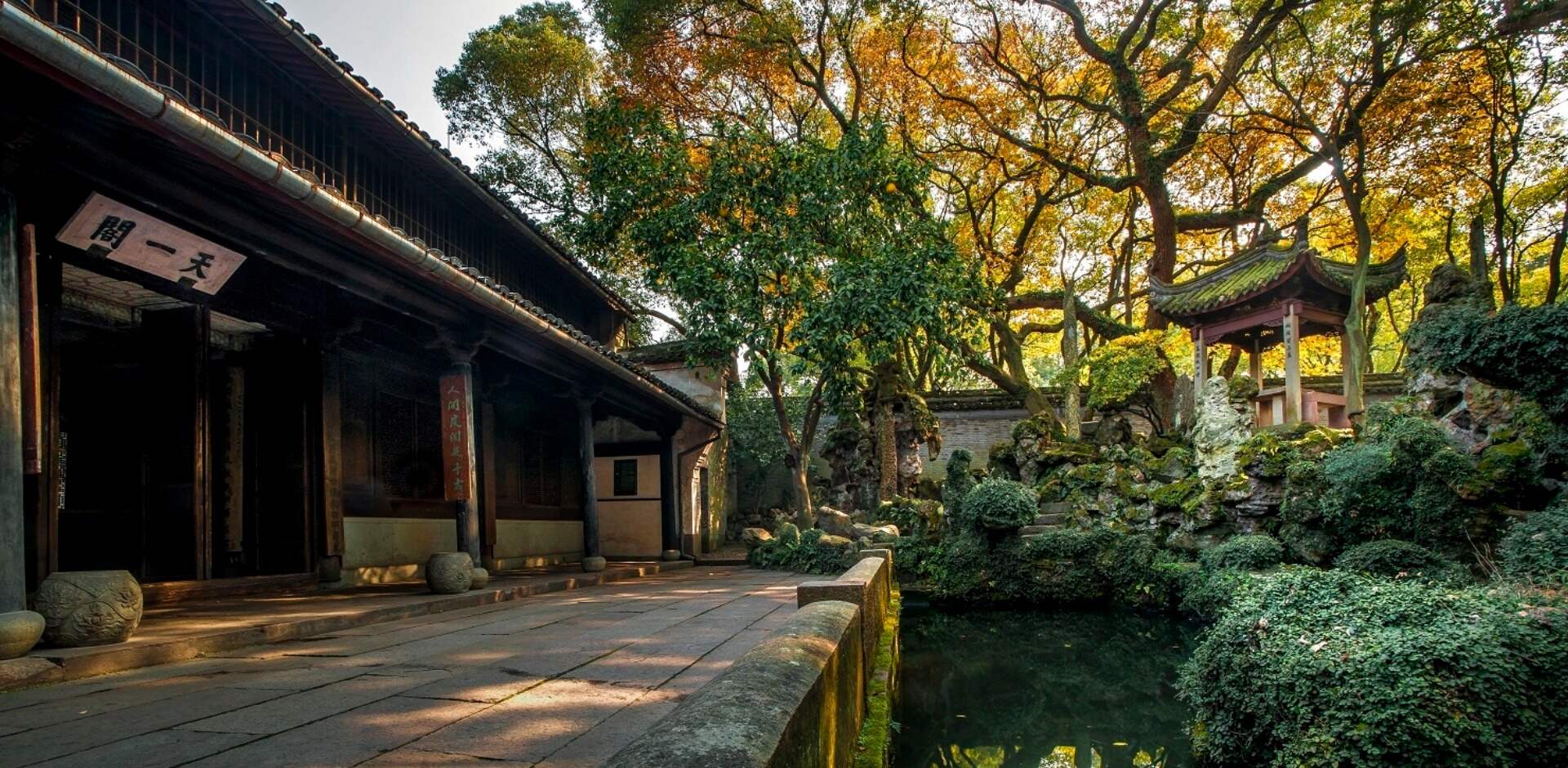
Tianyi Pavilion
Tianyi Pavilion is considered one of the three oldest libraries in the world and the oldest in China. An intricately detailed building, it was constructed in 1561 during the Ming Dynasty and embodies Chinese philosophy in its unique and breathtaking architecture.
Tianyi Pavilion sits along the banks of the picturesque Moon River. The library is surrounded by a pond, bamboo groves and rockeries, lending the entire property a calm and elegant atmosphere.
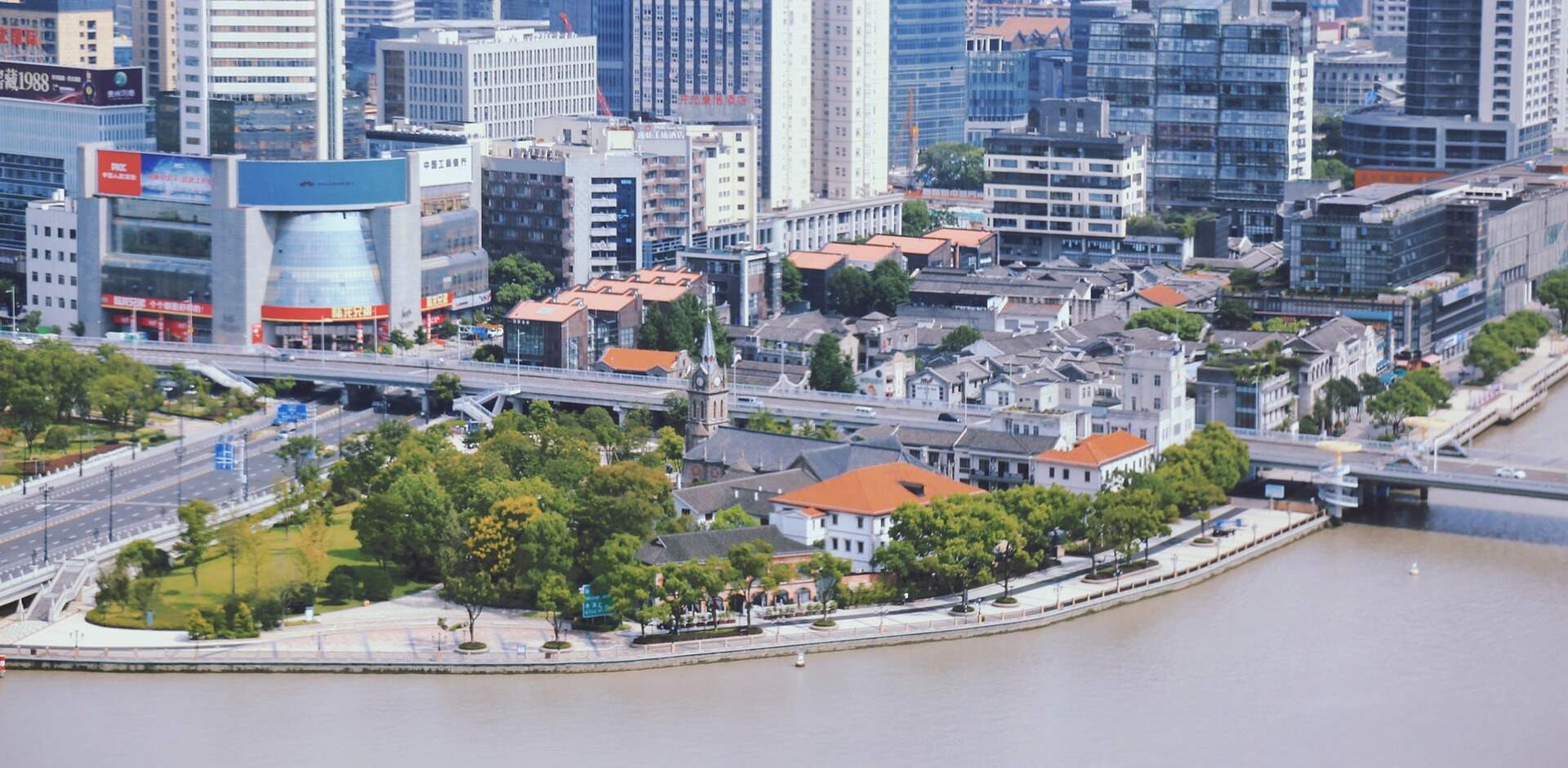
Being one of China’s oldest cities, it was also part of the silk route and enjoyed a reputation as a key trading hub. This stands true till today with the city’s multitude of traditional handicrafts and modern shopping complexes.
Many of Ningbo’s modern shopping centres are congregated around Tianyi Square.

